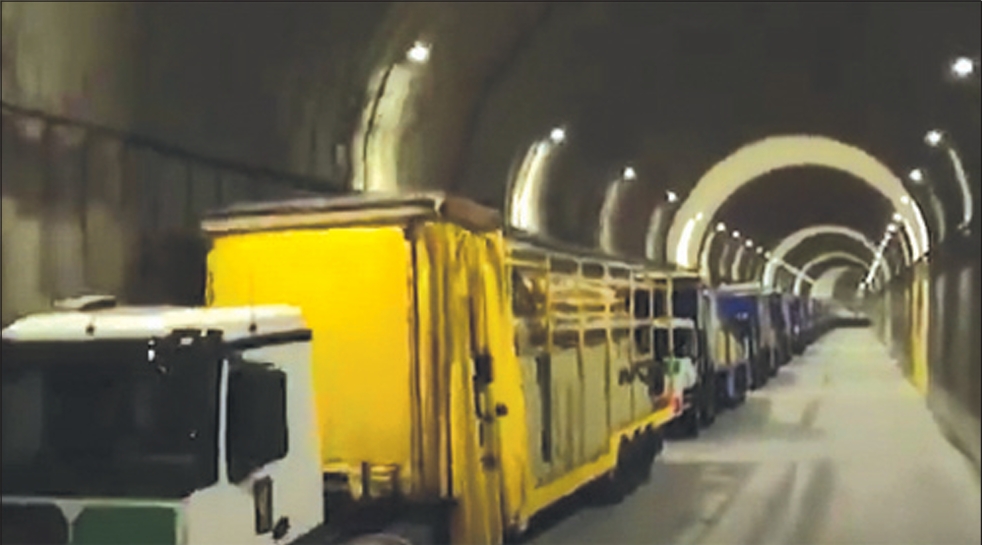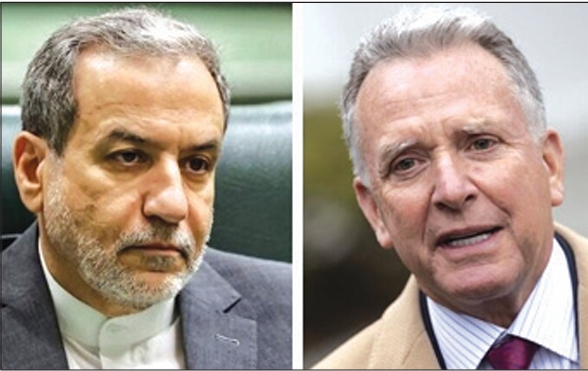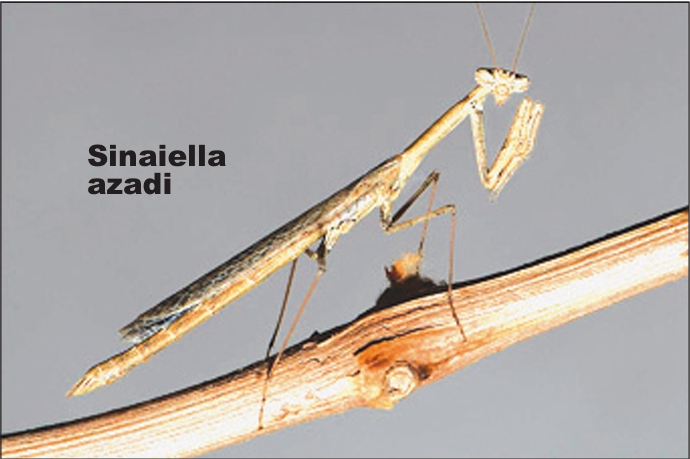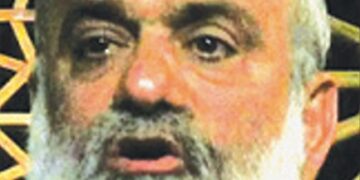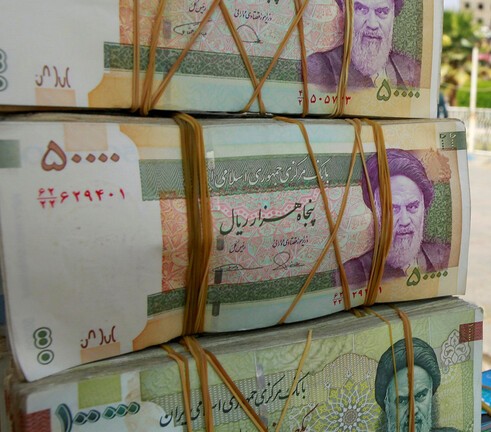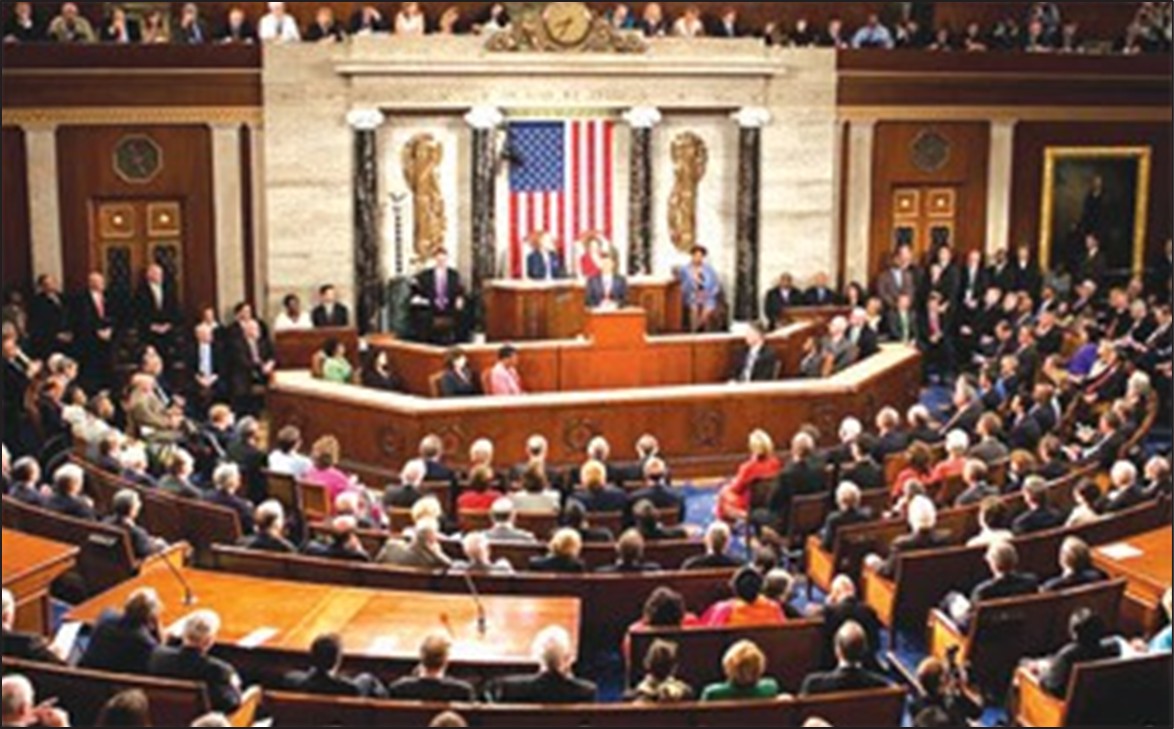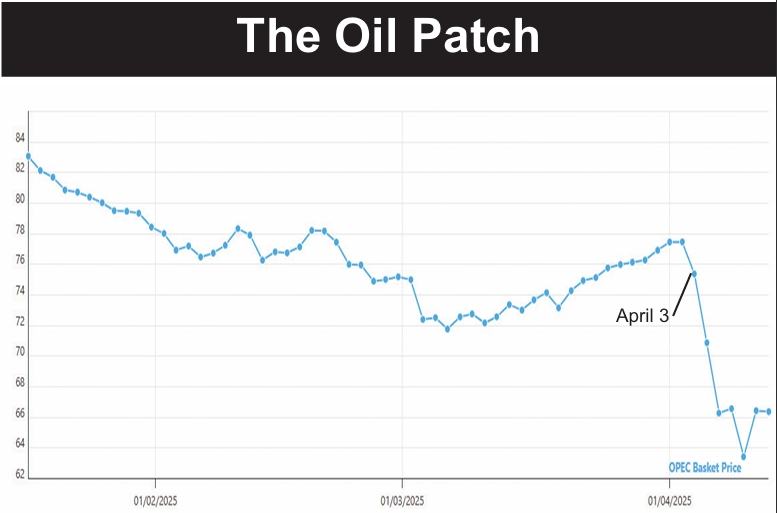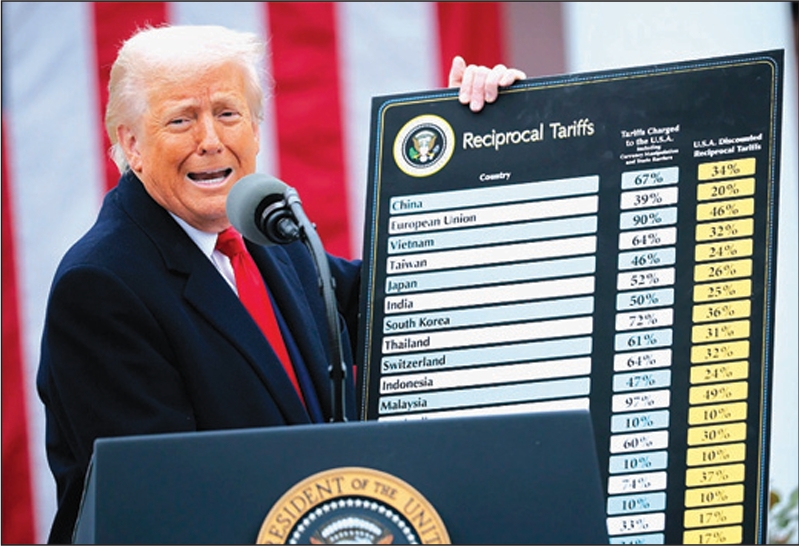May 17, 2019
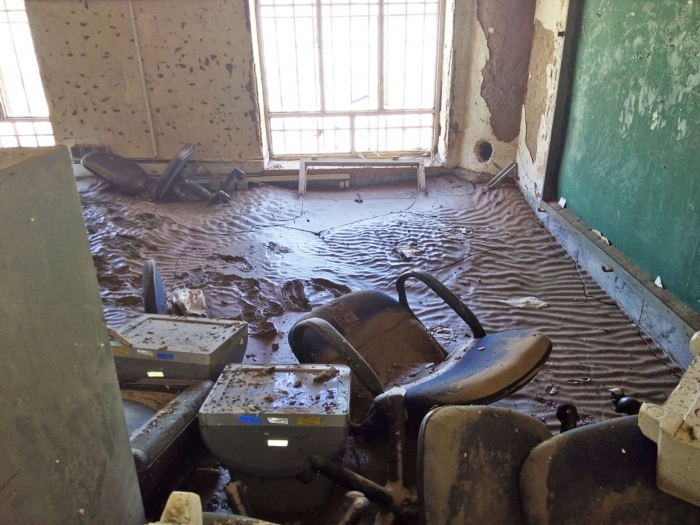
The floods that began March 19 are largely ended—but not completely—with the death toll put at 79.
Recovery efforts continue, with mud piled inside homes and shops and schools continuing to make life miserable for many people.
The Transport Ministry said 14,000 kilometers of roads have been damaged; it might be years before they are fully repaired.
The ministry also said that 84 bridges have been destroyed and must be replaced. That will be a challenge—but is still a much lower figure than the loss of 725 bridges announced last month.
The Tasnim news agency said one of the major problems caused by the floods is the landfills packed with garbage and trash that have been inundated by floodwaters and that have distributed often germ-filled trash into residential areas.
In what everyone hopes is a last gasp by the massive rainstorms, the town of Kalat in Khorasan North was flooded May 17. One house was washed away and nine others were damaged, the local governor said.
But there can’t be a disaster in Iran without at least some political controversy. In this case, the Center for Human Rights in Iran (CHRI) said that 11 volunteers providing relief to Gurieh village near Ahvaz were arrested. The regime does not like individuals providing relief on their own initiative, demanding that they go to the Red Crescent Society. This campaign against private relief efforts began after the November 2017 major quake in Kermanshah province.
Many citizens are also unwilling to trust the government with their chartable contributions. They speak openly of massive corruption and expect anything they give for flood relief will be ripped off.
The government is expending much effort to assail the United States for blocking relief funds from getting to Iran. Almost every few days, some official declares that the United States hates Iranians and wants to cause them discomfort.
President Rohani even said, “The heads of the American regime have revealed their true vicious and inhumane nature” by blocking aid. “The Americans not only announced that they would not help, but also did not allow people to send their aid in cash to Iran’s Red Crescent Society via banks.”
The Iran Times has not, however, seen any charitable organization yet complain about being unable to send funds to Iran. And the State Department did not refuse aid, but offered to send aid.
Not all government efforts are panned. One video that was shown widely on social media reveals an Army colonel getting down on his hands and knees so an elderly man can step on his back to get into the rear of a pickup truck.
Almost every province suffered some flood damage, but the most severe damage was concentrated in the provinces of Golestan, Lorestan and Khuzestan.
The second tier of hard-hit provinces is Fars, Ilam, Khorasan Rezavi, Khorasan South, Khorasan North, Kermanshah and Sistan va Baluchestan.
A team from the French-based Doctors Without Borders visited many of the afflicted areas. A report the team issued said, “In all of the provinces we visited, one of the people’s major complaints was having to go so long without being able to take a shower. Tap water is cut off. Temperatures are getting high and people are finding the heat and insects difficult to cope with.”
Although Iran has for long refused to accept foreign charitable aid (except for the Bam earthquake of 2003), there have been no objections this time. In fact, Iran has even accepted aid from Saudi Arabia and the United Arab Emirates.
The heavy rains hit much of the region, not just Iran. At least 45 people were reported killed in Pakistan, 98 in Afghanistan and 10 in Iraq.
Flooding has also ravaged many areas far from the Middle East this spring including parts of the US Midwest and eastern Canada. A report issued more than a year ago by Munich Re, the global insurance firm, said flooding and extreme rainfall have increased by 50 percent this decade and are now occurring at a rate quadruple that of 1980.


